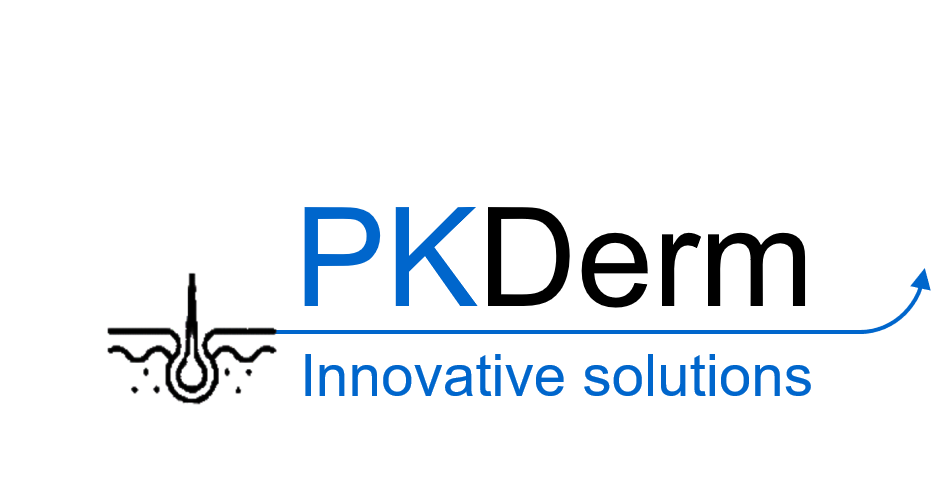Development, quantification and application of an adverse outcome pathway network of cholestatic liver injury
Adverse outcome pathways (AOPs) are pragmatic tools in toxicology and risk assessment with broad potential. AOPs are designed to provide a clear-cut mechanistic representation of toxicological effects that span over different layers of biological organization. Because of its unique location and function in the organism, the liver is a frequent target for systemic toxicity.
Several AOPs related to liver toxicity have been introduced over the fast few years, yet only one focuses on accumulation of noxious bile acids. Nevertheless, this so-called cholestatic hepatotoxicity underlies a majority of drug-induced liver injury cases and has also been associated with various other types of chemicals, including food additives, cosmetics and biocides. The present presentation will give an overview of the development of an AOP network on cholestatic liver injury. Furthermore, recent testing of the robustness and applicability domain as well as efforts to quantify the AOP network will be presented. This quantification exercise is focused on the establishment of a benchmark, denoted the cholestatic index, that can used for hazard identification and potency ranking.


